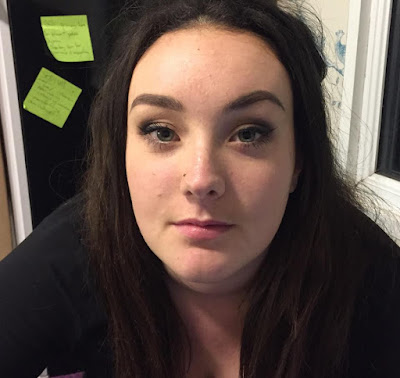Here is a low angle shot where the character is shown from below. This is done to assert dominance and power to the character and is often done to show their power over another character. It makes the audience feel intimidated by the character and therefore makes the audience relate more to other characters in the scene.
This is a high angle shot where the camera is looking down on the character. This is used to make them look vulnerable and powerless which is specifically helpful to indicate power imbalances in relationships between characters.
In this image, we can see a still of a tracking shot of someone walking. This is used to show the subject moving from one place to another with fluidity in the scene. This helps to make the audience less confused as they have seen their hourney from one place to the other instead of the character suddenly ending up in one place to another and thus making the audience confused.
Over the shoulder shots are used to present characters conversations with each other. This helps to make the conversation feel more realistic and as though it is actually happening as you almost view the conversation from the other persons perspective.
Here we can see an extreme wide angle shot which is used to show the character and the entirety of the setting that they are in. Although this image only shows the setting, you can get a feel for how the shot may look. This shot is useful for the audience to gain a better understanding of where the character is and what they are doing.
This is an extreme close up shot which allows the audience to focus on one specific thing. This shot is used to gain suspense, add drama and make the audience feel disoriented and more intimately connected to the character. It may be useful for showing a characters reaction to something or to focus one one specific object to highlight it's importance.
This is a birds eye shot where the shot is shown from directly above. This is a completely different and somewhat unnatural point of view which can be used for dramatic effect or for showing a different spatial perspective. In drama it can be used to show the positions and motions of different characters and objects, enabling the viewer to see things the characters can't.
In the closeup shot like this one, a certain feature or part of the subject takes up most of the frame. A close up of a person usually means a close up of their face (unless specified otherwise). Close-ups are obviously useful for showing detail and can also be used as a cut in. A close-up of a person emphasises their emotional state. A close-up exaggerates facial expressions which convey emotion. The viewer is drawn into the subject's personal space and shares their feelings.











No comments:
Post a Comment